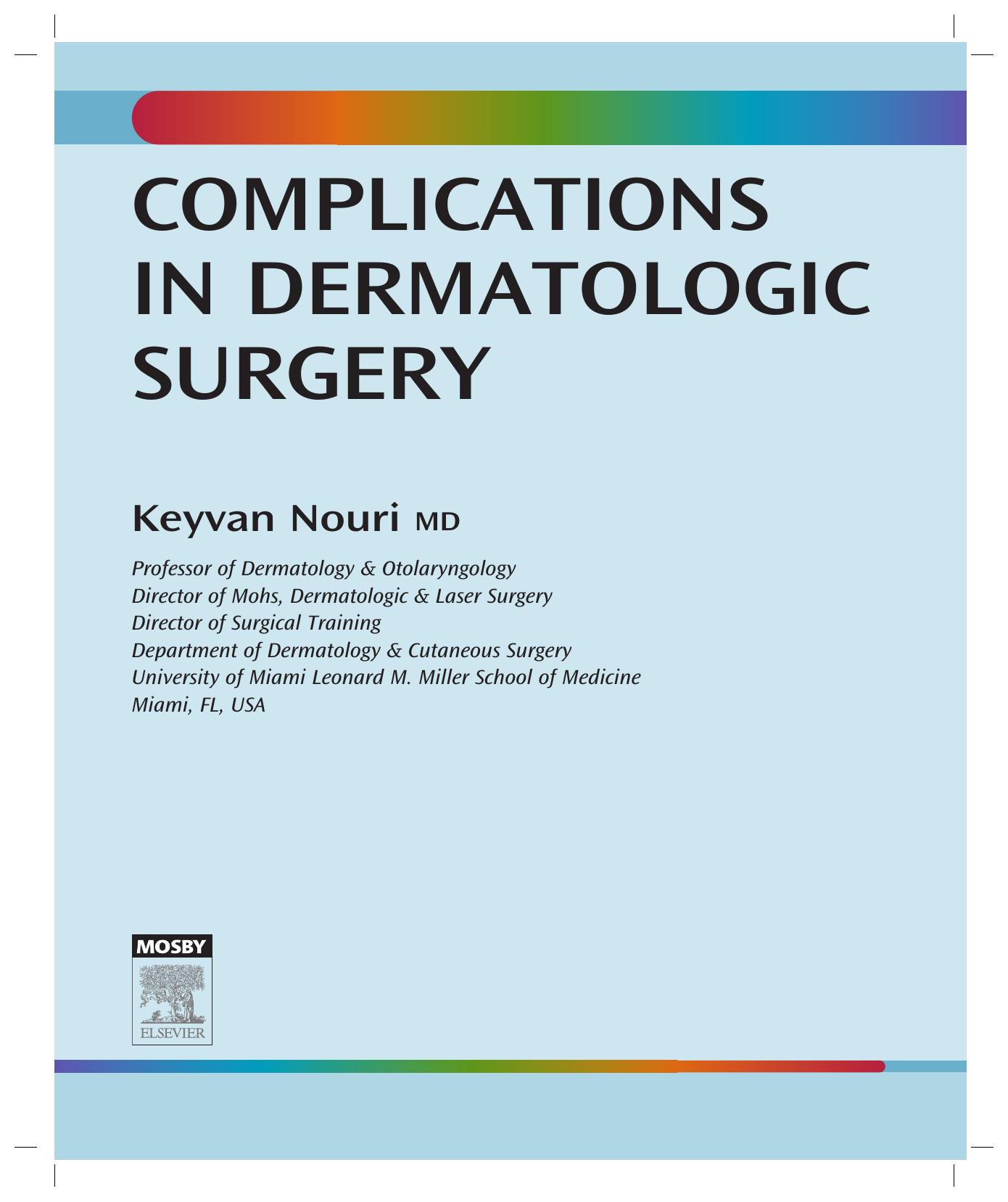The composition of the dermis
The dermis, also known as the dermal layer or the middle layer of the skin, is the main component of the skin that provides structure and protection. It is made up of connective tissue, including collagen, elastin, and other proteins, which give the dermis its strength and elasticity. The dermis also contains blood vessels, nerve endings, and other important structures that help maintain the health of the skin.The composition of the dermis varies slightly in different parts of the body. For example, the dermis in the face and neck region is thinner and more delicate than in other areas of the body. This is due to the higher concentration of collagen and elastin in these areas, which provide a more flexible and elastic skin surface. The dermis in the hands and feet, on the other hand, is thicker and more robust due to the presence of more connective tissue and less fat.In general, the dermis plays a crucial role in maintaining the health and appearance of the skin. It provides a protective barrier against external insults, such as sunlight, pollution, and bacteria, and helps to regulate body temperature and maintain moisture balance. The dermis also has a role in sensing touch, pressure, and pain, and is involved in the healing process when the skin is damaged.
The dermis, also known as the true skin, is the inner layer of the skin that lies beneath the epidermis. It is the most important layer of the skin for maintaining skin health and elasticity. The dermis is composed of several different types of cells and structures that work together to provide strength, elasticity, and protection to the skin.

One of the main components of the dermis is collagen, which is a naturally occurring protein that provides structure and support to the skin. Collagen fibers are arranged in a mesh-like pattern, providing mechanical support to the skin and helping to maintain its shape and elasticity. Another important component of the dermis is elastin, which is a protein that gives the skin its ability to stretch and recoil. Elastin helps to absorb mechanical stress and provides resilience to the skin.
In addition to collagen and elastin, the dermis also contains several other types of cells, including fibroblasts, which are responsible for producing collagen and elastin, and macrophages, which play a role in immune response and tissue repair. The dermis also contains capillaries, which are small blood vessels that provide oxygen and nutrients to the skin and help to maintain skin health.

The dermis plays a crucial role in skin aging. As we age, the production of collagen and elastin slows down, leading to a loss of skin elasticity and an increase in wrinkles. However, there are several ways to promote the health of the dermis and reduce the signs of aging. One way is to protect the skin from UV radiation and environmental toxins, which can damage the collagen and elastin fibers in the dermis. Another way is to promote good circulation, which helps to deliver oxygen and nutrients to the skin and improve skin health.
In conclusion, the dermis is a complex layer of the skin that provides strength, elasticity, and protection to the body. It is composed of several different types of cells and structures that work together to maintain skin health and elasticity. Understanding the composition of the dermis helps us to better understand skin aging and find ways to promote healthy skin.

Articles related to the knowledge points of this article:
Title: The Art of Pairing a Gray Shirt with a Tie
Title: The Quality of Down Jackets
Title: Unveiling the Enigmatic Allure of Tied Hair with a Silk Scarf
The Perfect Combination: Sports Jacket and Downhill Skiing
Title: Mastering the Art of Styling a Square Scarf: A Comprehensive Guide
Title: The Enchanting Allure of a Scarf: An Ode to the Timeless Beauty of a Silk Scarf



